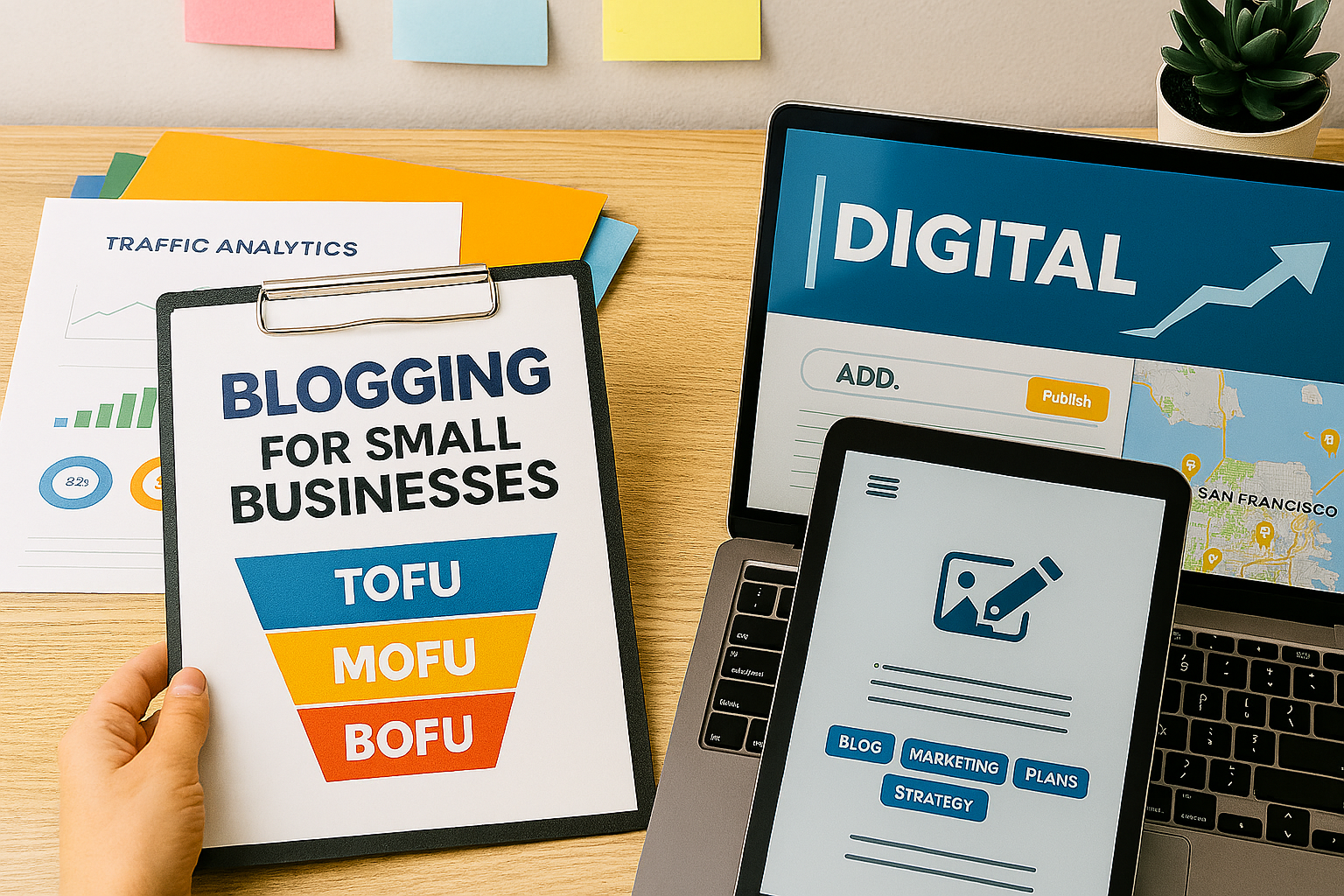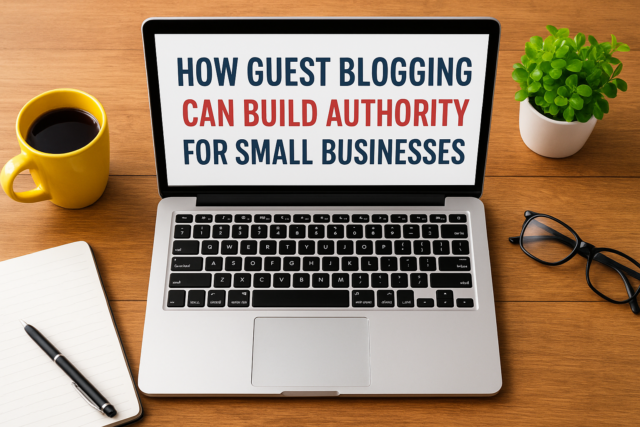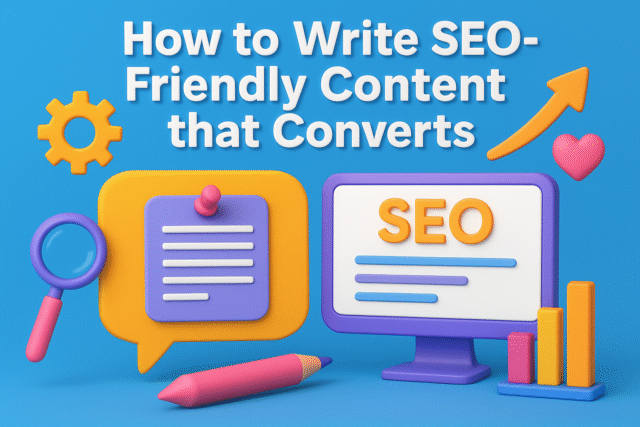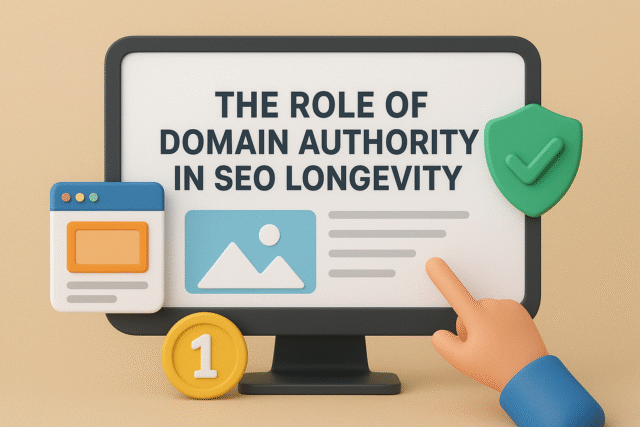Quick Summary: What This Blog Covers
This blog explains why blogging is a powerful tool for small businesses to compete with bigger brands, especially by focusing on local content. It highlights how blogs build authority, drive traffic, and convert readers into customers. You’ll learn step-by-step strategies for creating and optimizing local blogs, topic ideas that resonate, and how to measure success. The guide shows that with consistency and smart SEO, small businesses can boost visibility and grow steadily online.
For many small businesses, competing online against bigger brands can feel overwhelming. Limited budgets, fewer resources, and less name recognition often make it challenging to stand out. However, one proven strategy levels the playing field: blogging for small businesses. By focusing on local content, you not only improve your visibility in search results but also build trust with the very audience most likely to buy from you.
At Digital Maxima, we’ve seen firsthand how small businesses across Utah and beyond use smart blogging strategies to turn local insights into measurable traffic and growth. This guide explores why blogging is essential, how to approach it effectively, and the best practices for creating content that resonates with your local audience while boosting SEO.
Why Blogging Still Works for Small Businesses
Blogging is far from dead. In fact, it has evolved into one of the most effective tools for local businesses to grow online.
- Builds local authority: By sharing expertise on topics relevant to your area, you establish your business as a trusted local voice.
- Drives organic traffic: Search engines reward fresh, valuable content, especially when it targets localized keywords.
- Supports customer education: Blogs answer the common questions your customers are asking, saving time for both them and you.
- Boosts conversions: Helpful blog posts can guide readers toward booking services, visiting your store, or requesting quotes.
Statistic: According to HubSpot, businesses that blog receive 55% more website visitors than those that don’t.
The Power of Local Content
While general content helps, what really works for small businesses is local content—blogs that address the needs, events, and culture of your community.
For example, a dental clinic in Salt Lake City writing about “The Impact of Utah’s Dry Climate on Oral Health” is more likely to connect with local patients than a generic blog about dental hygiene.
Similarly, a coffee shop can publish guides like “Best Seasonal Coffee Flavors in Provo” or a home service business might write “Winter Roof Maintenance Tips for Utah Homeowners.”
Local blogging is about making your content relevant, relatable, and rooted in your community.
Steps to Create a Local Blogging Strategy
1. Define Your Focus Keyword Strategy
Start by researching what your local customers are searching for. Tools like Google Keyword Planner or Ubersuggest can help identify location-based terms that matter.
For example:
- “Salt Lake City SEO services”
- “Best plumber in Ogden”
- “Family-friendly restaurants in Park City”
Embedding these naturally into blogs boosts your chances of showing up in local searches.
2. Write for Your Audience, Not Just Search Engines
While SEO is critical, your primary focus should always be on the reader. Write blogs that answer their questions, solve their problems, and speak in a relatable tone.
3. Share Local Stories & Case Studies
If you’re a marketing agency, highlight success stories from local clients. If you’re a boutique, share how your products were featured at a local festival. Real stories drive trust and engagement.
4. Keep Consistency in Publishing
Posting one blog every few months won’t move the needle. A consistent schedule (weekly or bi-weekly) builds momentum and signals search engines that your site is active.
5. Optimize for Mobile Readers
Since most local searches happen on mobile, make sure your blogs are easy to read on smaller screens. Short paragraphs, bullet points, and clear headlines improve readability.
Blog Topic Ideas for Small Businesses
To get started, here are topic categories that work across industries:
- How-to Guides: Example: “How to Choose the Best HVAC Company in Salt Lake City”
- Local Guides: Example: “Top 5 Summer Activities for Families in Utah County”
- Behind-the-Scenes: Share the story of your business or team.
- Seasonal Content: Write about events, weather, or seasonal challenges in your area.
- Customer Spotlights: Showcase testimonials or case studies.
Pro Tip: According to Search Engine Journal, blog posts that answer “how-to” questions tend to perform 77% better in search rankings.
Optimizing Local Blogs for SEO
Strong content needs strong optimization. Here’s how to ensure your blogs perform:
- Include local keywords naturally in headings, subheadings, and body text.
- Use internal linking to connect your blog posts with service pages on your site.
- Add external links to credible resources—this builds authority in Google’s eyes.
- Optimize images with alt text that includes location keywords.
- Write compelling meta titles and descriptions that highlight your local angle.
For example, instead of “Blogging Tips for Businesses,” a stronger meta title might be: “Blogging for Small Businesses: How Utah Companies Can Drive Local Traffic.”
Measuring the Success of Your Local Blogs
A good blogging strategy isn’t just about publishing—it’s about tracking results.
Key metrics to monitor:
- Organic traffic: How many visitors are finding your blog through Google searches.
- Engagement rates: Time on page, bounce rates, and comments.
- Conversions: Leads, phone calls, or appointments generated from blogs.
- Keyword rankings: Track if your blogs are ranking for targeted local terms.
Using tools like Google Analytics and Search Console makes it easier to track progress and refine your strategy.
Final Thoughts
Blogging for small businesses is more than just writing articles—it’s about creating value for your audience, building trust in your community, and driving local traffic that converts into real customers. By focusing on local content, optimizing for SEO, and publishing consistently, even the smallest businesses can carve out a strong online presence and compete with bigger players.
At Digital Maxima, we specialize in helping Utah businesses harness the power of blogging and content marketing to boost visibility and growth. If you’re ready to transform your website into a traffic magnet, we’re here to guide you every step of the way.
FAQs
1. How often should small businesses publish blogs?
Ideally, once a week or bi-weekly. Consistency is more important than quantity.
2. Can blogging really help my local business?
Yes. Local blogs improve search visibility, establish authority, and attract nearby customers actively searching for your services.
3. What kind of topics should I write about?
Focus on customer questions, seasonal topics, and community-specific content that connects your brand with local audiences.
4. How long should a blog post be?
For SEO and value, aim for at least 1,200–1,500 words. Longer, in-depth blogs often rank higher in Google.
5. Do I need to hire a professional to manage my business blog?
Not necessarily—but many small businesses find agencies like Digital Maxima helpful for strategy, content creation, and optimization to maximize results.
Also Read:
-
E-A-T in SEO: Why Expertise, Authority, and Trust Matter for Your Utah Business
-
SEO for Real Estate: Ranking Strategies for Realtors and Brokers
-
The Impact of Mobile Optimization on SEO: Why Utah Businesses Must Prioritize It
-
How to Leverage Reviews for Better Local SEO in Utah
-
The Ultimate Guide to Schema Markup for Small Businesses





